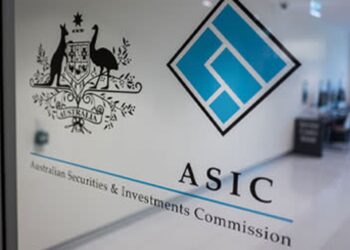Franklin Templeton director of Australian fixed income Andrew Canobi said the figures, which showed the economy had speedily exited recession with a 3.3 per cent pick-up in growth, were just the beginning of a recovery that would last several more years before Australia came close to full employment.
“The third and fourth quarter of this year are really about the low-hanging fruit of the economy being realised – in terms of the RBA’s forecast, they are looking for 5 per cent growth next year and 4 per cent in 2022, which is an optimistic task given our borders are likely to be closed for most of next year,” Mr Canobi said.
“The RBA is still hanging onto its unemployment forecast of 8 per cent for this year – in all likelihood we’ll go out of 2020 with a better result than that, but they’re still expecting 6.5 per cent next year and 6 per cent in 2022.
“It’s consistent with deep recessions of times past, where to get back to where you were pre-crisis is a multi-year time frame.”
In line with the central bank’s forecasts, Mr Canobi said he expected interest rates to be on hold at their current ultra-low level for several years.
“I think it’s more about recovery in employment rather than just headline growth, [so] the guidance at the moment that rates are on hold for at least three years is absolutely right,” he said.
“Some good things are happening, we’re seeing some breakthroughs in health care with vaccine development, but the likelihood of being positively surprised that you see a break in monetary policy is optimistic at best.”
Mr Canobi also pointed to long-running quantitative easing programs embarked on by overseas central banks since the 2008 financial crisis to suggest that the RBA’s bond-buying program, commenced in November, was likely to become a permanent part of the central bank’s economic toolkit.
“We’ve seen in the last 10 years post-GFC that the central banks have embarked on these unorthodox QE programs with best intentions that they would be temporary, and time has shown there are bigger forces at work making them more semi permanent,” he said.
“It’s hard to imagine it’s going to be too different for the RBA. We see a process of ongoing balance sheet expansion and purchases of securities – they may pause that but it’s difficult to see them reversing that policy any time soon.”



